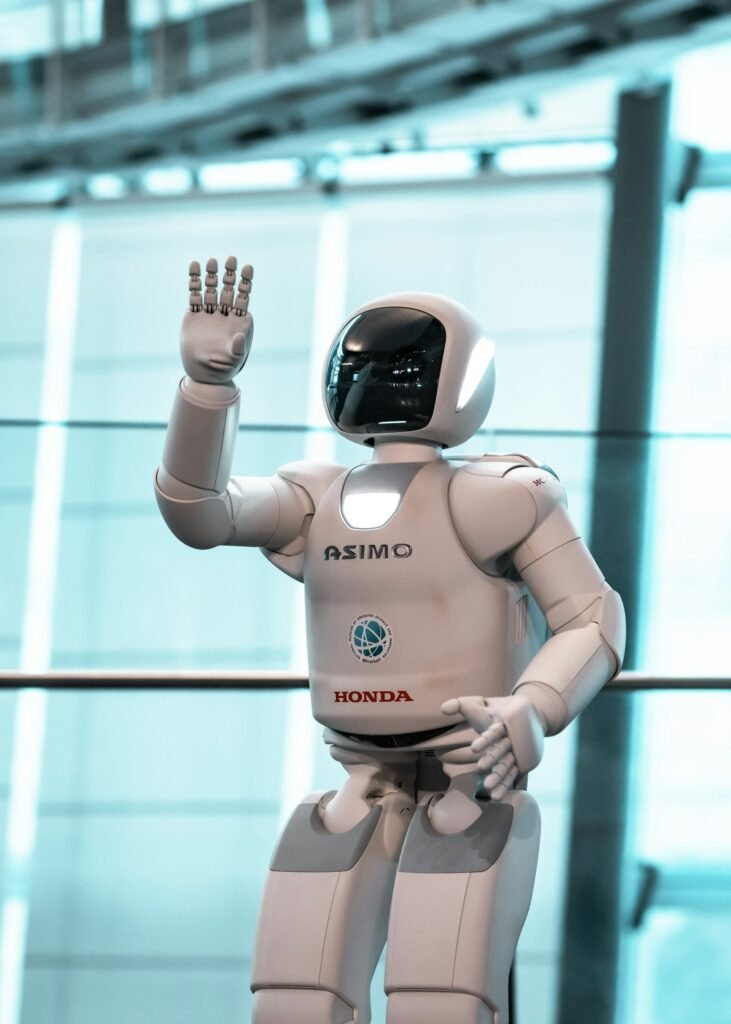
Robotics has made great advances in recent years, moving from the realm of science fiction to everyday life. As we venture further into the 2020s and beyond, robots are no longer confined to industrial assembly lines or futuristic laboratories, but are entering homes, schools, hospitals, and workplaces. But how will robots transform our daily lives in the near future?
1. Healthcare Revolution
One of the most exciting new areas for robotics is in health care. Surgeons are already being assisted by robots to accomplish delicate procedures that are beyond human precision. In the not-too-distant future, we may see robots assist with caring for the elderly to help them ambulate, remind them to take medication, and even provide companionship. Robotic exoskeletons are becoming more prevalent to help people with physical limitations regain movement and autonomy. These advancements will inevitably improve the quality of care and services available for support, particularly in aging societies.
2. Smarter Homes and Personal Assistants
Household robots are getting smarter. We already have popular vacuuming and lawn-mowing robots, and now we have new versions that will do more sophisticated and complicated household tasks such as folding the laundry, cooking, and managing smart home systems.
Coupling the robots with a form of AI will enable them to become personalized assistants by recording one’s routines and preferences to help manage everyday life. Picture a robot that volunteers to prepare your breakfast based on your diet plan. The robot can also remind you of appointments and monitor the security of your home while you are away.
3. Workplace Transformation
Automation has been a fundamental aspect of manufacturing for years but is now beginning to flourish in areas such as logistics, retail, and customer service. For example, robots are sorting, packing, and transporting goods in warehouses more adeptly than people. In retail, robotic kiosks can answer customer questions or provide inventory control.
While this will result in a loss of jobs, it will also provide new jobs in robot maintenance, construction, and artificial intelligence development. The biggest struggle will be the worker transition accommodating worker supports and training, as well as new pathways for new jobs.
4. Education and Learning
Educational robots are already being used to help kids learn coding, math, and language. In the future, robots might support teachers in classrooms by providing one-on-one tutoring, monitoring student progress, and adapting lessons to fit the individual needs of each student.
Robots may also support children with special needs by providing specialized supports in a consistent and calm manner, which is easier for some students to interact with than humans.
5. Safety and Emergency Response
Robots can be used in unsafe environments that are hazardous to safety for humans – for example, during times of disaster, a fire in a building, or a hazardous materials incident. Search and rescue robots, drones, and bomb-disposal robots are increasingly being used as life-saving devices.
Autonomous vehicles and delivery robots can improve logistics during an emergency such as the delivery of medical supplies to remote areas or during a quarantine.
6. Social and Ethical Considerations
As we welcome robots into our lives, ethical questions surface: How can we use robots in a responsible way? How can we ensure privacy when robots are collecting data? What rights do workers have when their jobs are automated?
Governments, companies, and communities will need to collaborate to build a framework that will guarantee that robots serve to improve society, rather than upwardly disrupt it.
Conclusion
Robots are ready to occupy a prominent role in the near future of our daily lives. They promise to bring increased convenience, safety, and productivity to several areas, including healthcare and education, our homes, and the workplace. However, this transition will need the support of smart policies, and ethical considerations, to make sure the benefits of robotics are equitably shared among all of us. One thing is certain: robots are not just coming, they are already here and changing the world around us.


online cannabis dispensary with premium thc products
yeah thanks